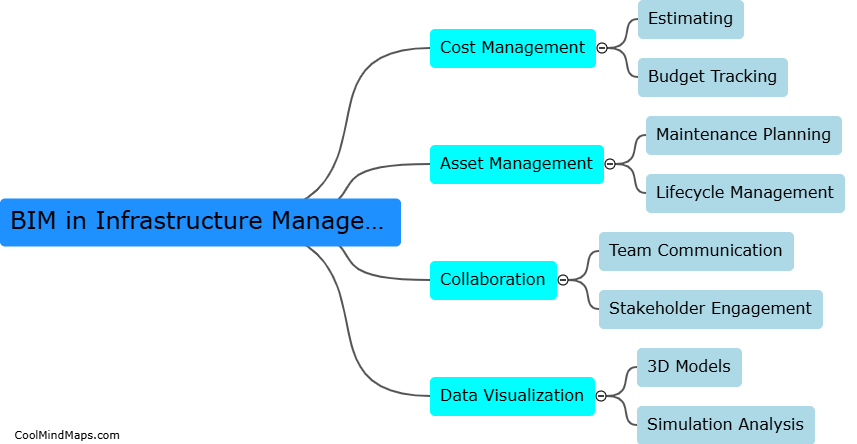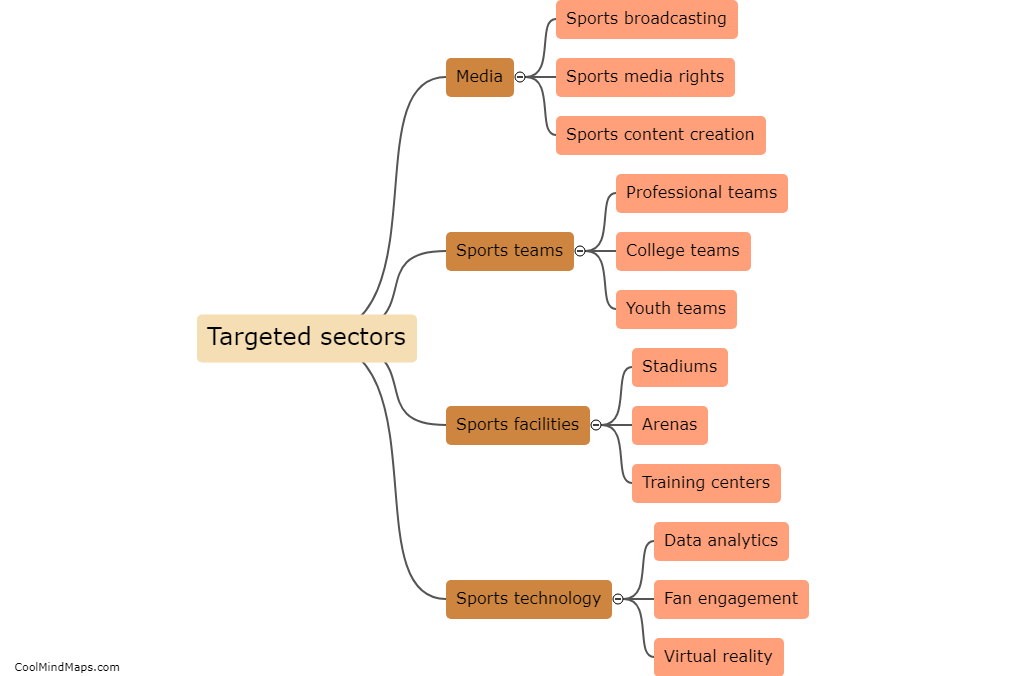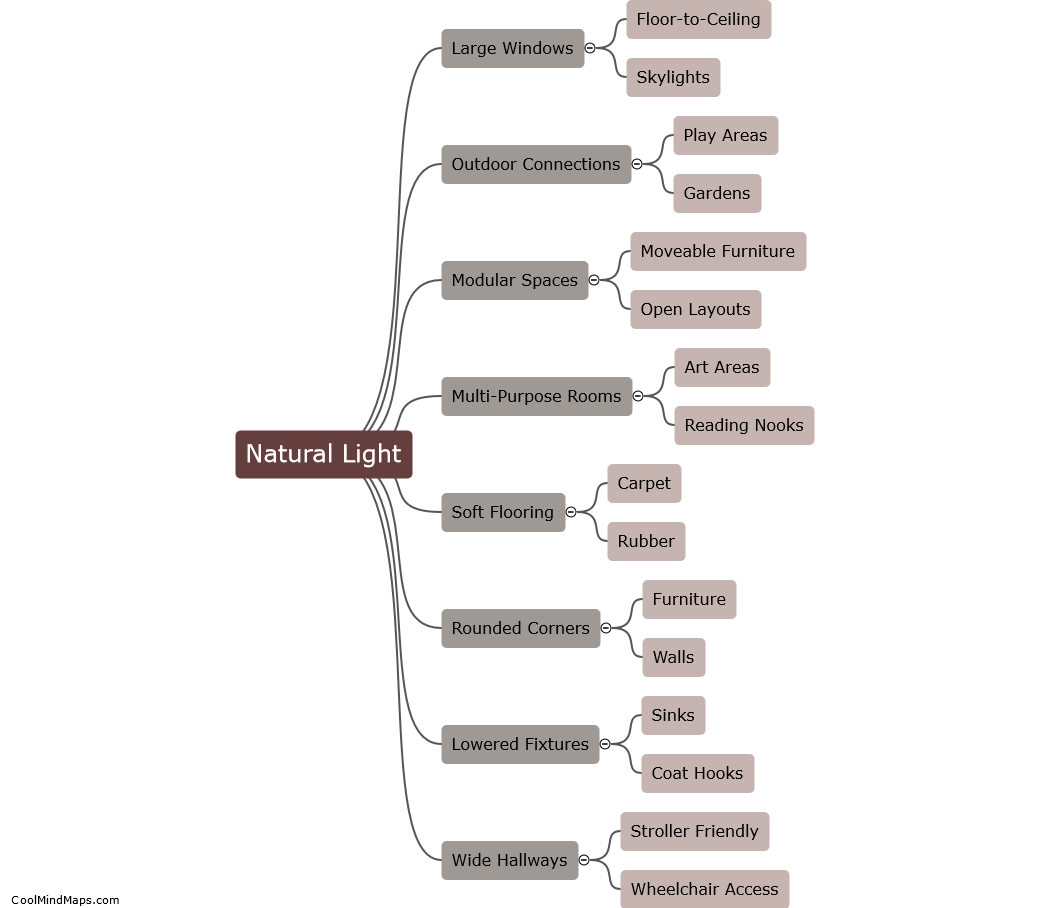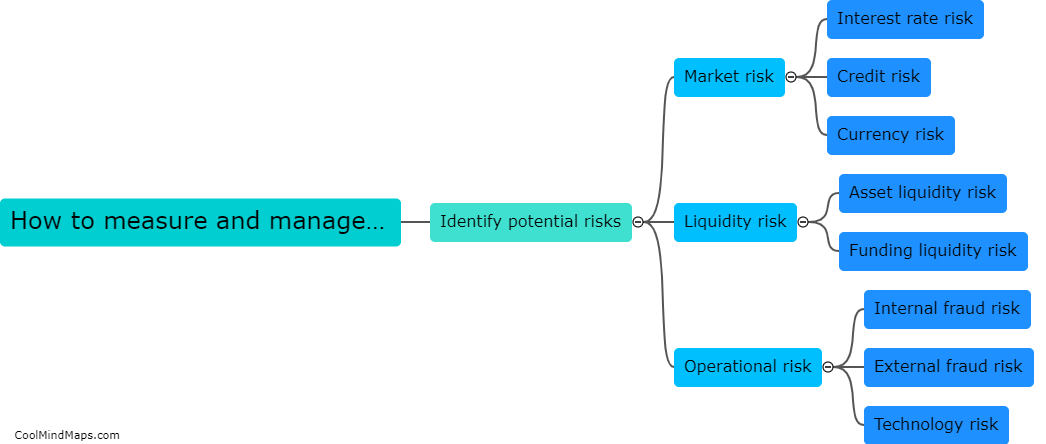How does BIM help in infrastructure management?
Building Information Modeling (BIM) plays a crucial role in infrastructure management by providing a centralized platform for all stakeholders to collaborate and share project data. BIM enables the visualization of complex infrastructure projects, which helps in identifying potential clashes or inefficiencies early in the design phase. This allows for better decision-making and coordination throughout the project lifecycle. Additionally, BIM helps in asset management by providing a digital twin of the infrastructure, allowing for real-time monitoring, maintenance scheduling, and performance analysis. Overall, BIM enhances infrastructure management by improving communication, reducing errors, and increasing efficiency in project delivery and operation.

This mind map was published on 11 October 2024 and has been viewed 42 times.











